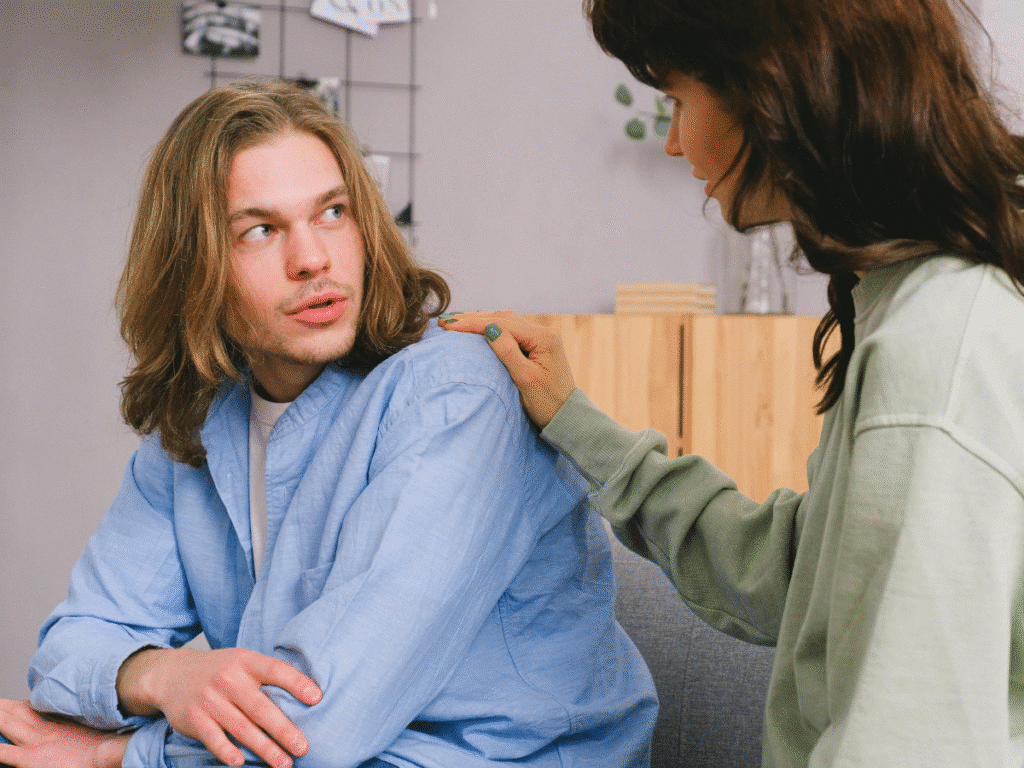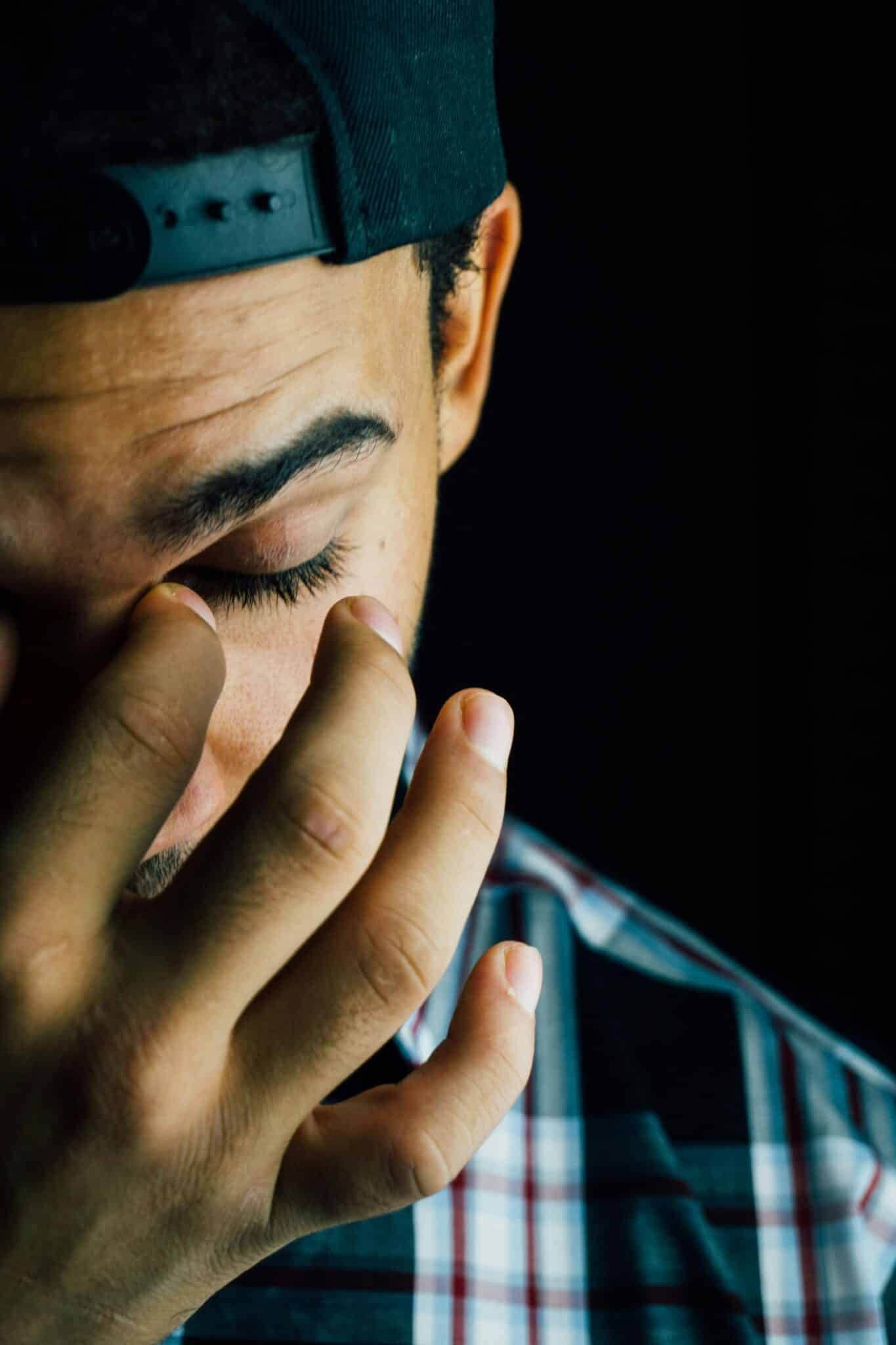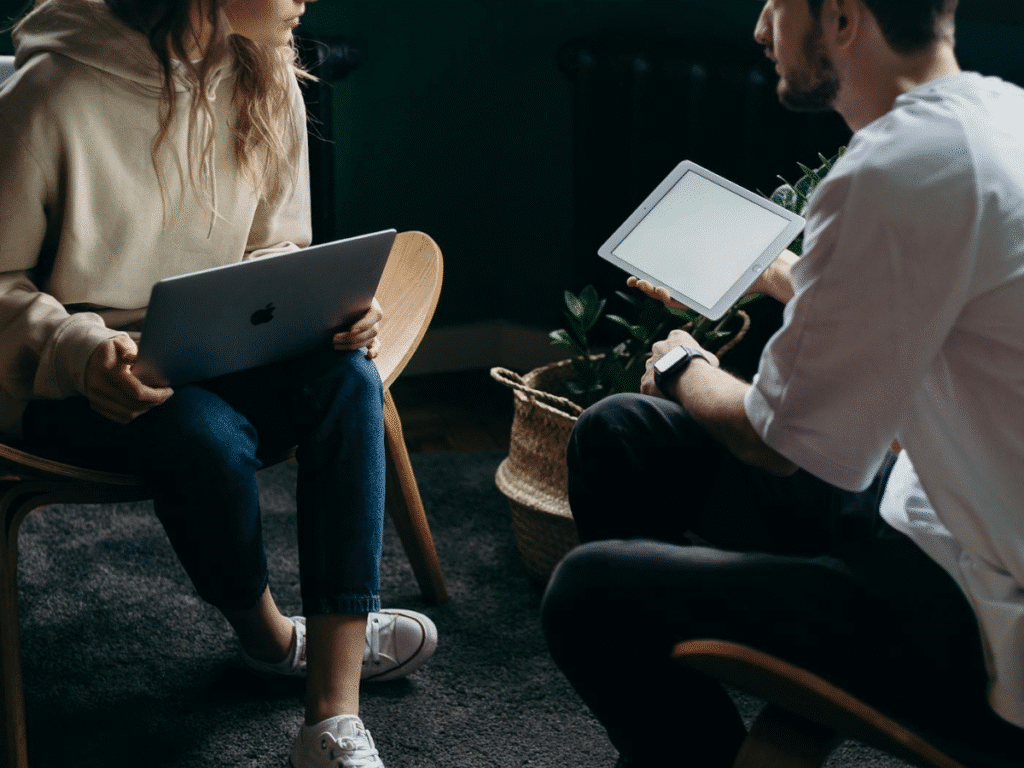
Ex-Intimate Stalkers: When Desire Becomes Dangerous
The truth about “stranger” vs. “ex-intimate” stalkers. KEY POINTS Ex-intimates are the largest subgroup stalked compared to strangers or


Situational awareness is the ability to perceive and understand the elements in your environment, comprehend their meaning, and anticipate how they might change. It’s about being fully aware of what’s happening around you, rather than just going through the motions.
For example, someone walking in a crowded market displays situational awareness by noticing not just the vibrant colors but also potential dangers, such as a pickpocket or an approaching vehicle.
Understanding and enhancing situational awareness is crucial for a variety of reasons:
Consider a parent in a playground who keeps a watchful eye on their children while simultaneously assessing the presence of other adults and potential hazards. This vigilance underlines the importance of situational awareness in everyday life.

Environmental factors play a significant role in shaping one’s situational awareness. Elements like lighting conditions, noise levels, and the physical layout of a space can either enhance or hinder awareness.
For example:
On a recent evening walk, noticing how shadows and multiple sound sources influenced my ability to detect surroundings underscored the importance of these factors.
Personal factors also deeply impact how individuals perceive and respond to their environment. These include:
For instance, a student focused on studying late into the night may miss subtle cues in their environment, highlighting how personal circumstances can compromise situational awareness. Maintaining a balance between alertness and comfort is key to enhancing one’s awareness in any setting.
To improve situational awareness, the first step is to cultivate a habit of staying alert and observant. This means actively engaging with your surroundings. Make it a practice to:
During a recent outdoor event, I trained myself to observe the flow of people rather than just enjoying the music. This heightened awareness allowed me to spot an elderly person struggling to navigate the crowd.

In a world rife with distractions, minimizing these interruptions is vital. Whether it’s mobile devices or loud conversations, distractions can significantly impair situational awareness. Here’s how to combat them:
At a family gathering, setting aside my phone allowed me to be more involved, notice subtle shifts in group dynamics, and enhance my overall experience.
Finally, trusting your instincts is crucial. Often, our subconscious picks up on cues that our conscious mind may overlook. To build this trust:
For instance, while hiking alone, an uneasy feeling made me pause and reassess my surroundings. It turned out to be a wise choice as it prevented me from unknowingly wandering into a potentially dangerous area. Trusting instincts can often be the first line of defense in maintaining situational awareness.
Practicing situational awareness begins at home, where many people overlook their surroundings. Simple actions can boost your awareness of potential risks:
I once realized how rarely I scrutinized my front door, which had large windows to the side, allowing anyone to see in. I then installed curtains that prevented anyone from seeing in. And it led me to install a better security system. This practice has kept my family safer and more aware of our living environment.

Public spaces can be bustling and distracting, but enhancing situational awareness here is crucial. Consider these tips:
During a recent visit to a busy mall, I noticed a group acting suspiciously near the entrance. Trusting my instincts and being alert, I guided my friend to a safer area until the situation cleared up.
Driving requires a constant level of situational awareness to ensure safety on the road. Here’s how to practice it effectively:
On a recent road trip, I faced a sudden stop from cars ahead. Because I was actively scanning the mirrors, I could respond in time, avoiding a collision. Developing consistent habits can significantly enhance situational awareness in any setting.
In our tech-driven world, mobile apps can be powerful tools for enhancing situational awareness. Several applications can help users stay informed and alert:
Recently, while hiking in a remote area, I relied on a navigation app to monitor the weather. The timely alerts helped me avoid an unexpected storm, showcasing how technology can significantly improve our situational awareness.
Security cameras have become more accessible and effective, offering a great way to enhance situational awareness at home or in businesses. Here’s how:
After installing security cameras around my home, I found that not only did it deter potential intruders, but it also provided me the ability to check on my property while I was away. This added layer of awareness has been invaluable, helping to keep my family secure. Taking advantage of these technological tools can effectively expand your awareness and enhance safety in various aspects of life.
One of the most effective ways to boost situational awareness is through martial arts training. This practice not only teaches self-defense techniques but also heightens overall awareness and confidence. Benefits of martial arts include:
In my own experience as a martial arts student, sparring sessions forced me to remain aware of my opponent’s movements, which translated to better awareness in everyday situations. It’s incredible how this training increases one’s ability to assess risks effectively.
Utilizing self-defense tools like pepper spray can enhance personal safety and situational awareness. These tools provide a sense of security when facing potential threats. Consider these points:
After taking a self-defense class that included training with pepper spray, I felt more empowered walking home at night. Knowing I had a means of protection at my fingertips added a layer of awareness regarding my surroundings. Leveraging self-defense strategies like martial arts training and carrying proper tools can significantly improve situational awareness in everyday life.
Establishing a routine for situational awareness begins with integrating daily practices into your life. Simple habits can make a significant difference:
For instance, during my morning commutes, I consciously make an effort to notice traffic patterns and the behaviors of other drivers. This practice has not only increased my awareness but has also helped me avoid potential hazards.
After incorporating practices, reflection is essential for improvement. Consider the following:
After reflecting on my journaling, I discovered patterns—like neglecting my surroundings when engrossed in my phone. This realization prompted me to re-evaluate my phone usage in public. By fostering a routine of daily practices and reflection, individuals can continuously enhance their situational awareness, ultimately leading to a safer and more informed life.
Being prepared for emergencies is crucial in maintaining situational awareness, and a solid emergency plan is the foundation. Here are key elements to consider:
When my family created our emergency plan, we held a meeting to discuss what to do if a fire broke out at home. Assigning roles, such as who would grab our emergency kit, made everyone feel more comfortable and prepared.
Another essential part of situational awareness is knowing the emergency exits in any environment, be it at home, work, or in public spaces. Here’s how to enhance this awareness:
During a recent office event, I noticed multiple exit signs as I walked in. This preparation paid off when a fire alarm unexpectedly went off; I was able to guide my colleagues calmly and efficiently to safety. By creating emergency plans and knowing exits, individuals can boost their situational awareness, ensuring readiness in times of crisis.
In social settings, situational awareness extends beyond physical surroundings to include reading social cues. Understanding body language, tone, and emotional expressions can greatly enhance interpersonal interactions. Here are some tips:
At a recent networking event, I noticed a fellow attendee who seemed uneasy while discussing a controversial topic. This prompted me to steer the conversation to lighter subjects, helping to ease the tension.

Knowing how to de-escalate potentially tense situations is a vital aspect of situational awareness in social environments. Effective techniques include:
Once, at a family gathering, a disagreement arose between relatives. I intervened with calmness and empathy, which helped diffuse the situation and shift the focus to more pleasant memories. By recognizing social cues and employing de-escalation techniques, individuals can navigate social settings with heightened situational awareness, fostering harmonious interactions and reducing conflict.
Understanding situational awareness involves examining the cognitive processes our brains use to interpret and respond to our environment. Key cognitive elements include:
For instance, during a crowded concert, my attention shifted between music and people’s reactions, highlighting how selective attention plays a crucial role in shaping our awareness.
How we react behaviorally to situations is equally vital in situational awareness. A blend of our cognitive assessments and instinctual reactions influences our responses. Consider the following reactions:
At a community event, I witnessed someone react defensively when they felt cornered during a debate. By stepping in and introducing calming communication, we could transform a potential confrontation into a respectful conversation. By understanding the psychology behind situational awareness, individuals can leverage cognitive processes and behavioral reactions to enhance their ability to navigate various environments effectively.
Cultural considerations play a significant role in shaping situational awareness. Being attuned to different cultural norms can enhance understanding and significantly improve interactions. Key aspects to consider include:
During a recent trip abroad, I learned about the importance of bowing as a sign of respect in Japan. Noticing how locals interacted helped me navigate social settings more comfortably and respectfully.
Respecting cultural differences is fundamental in fostering positive relationships and enhancing situational awareness. Here’s how to approach this aspect:
At an international conference, I encountered various viewpoints during discussions. By listening attentively and acknowledging different cultural experiences, I helped create a welcoming atmosphere that encouraged open dialogue. Recognizing cultural norms and respecting differences are crucial to developing a keen situational awareness that fosters understanding and cooperation in an increasingly globalized world.
As we’ve explored throughout this discussion, enhancing situational awareness is a multifaceted endeavor. Key strategies include:
During my journey to improve situational awareness, implementing these strategies has transformed everyday experiences, making me more confident and engaged in various settings.
Continuous improvement is crucial for maintaining and enhancing situational awareness over time. Here are significant aspects to consider:
For instance, after a recent community event, discussing my observations with friends provided invaluable insights, helping me strengthen my awareness skills. By embracing continuous improvement, individuals can stay ahead of potential risks and enjoy safer, more fulfilling experiences in their daily lives.
Private Writer
The articles on Fitnesshacksforlife.org website is provided for reference purposes only, A public resource you can use for free. You should not take them as the sole source of medical direction. Fitnesshacksforlife.org does not accept payments or incentives from any of the individuals or organizations named in the articles, and the articles are not an endorsement of those parties or their products or practices. Do not ever disregard professional psychological or medical advice nor delay in any manner seeking professional advice or treatment because of something you have read on our site or social media. Fitness Hacks For Life is a registered 501(c)(3) non-profit organization, eligible to receive donations under the laws of the United States of America.

The truth about “stranger” vs. “ex-intimate” stalkers. KEY POINTS Ex-intimates are the largest subgroup stalked compared to strangers or

Many icks, on reflection, are just harmless “nicks.” THE BASICS Why Relationships Matter Take our Relationship Satisfaction Test Find a

You married a man who has not yet separated emotionally from his mother. How can you tell? One very obvious
If you feel suicidal, call or text the helpline: 988
Copyright © 2025 Fitnesshacksforlife.org | All rights Reserved | 501(c)(3)
400 NW Gilman Blvd.#787 Issaquah, WA 98027

Agreed Declined